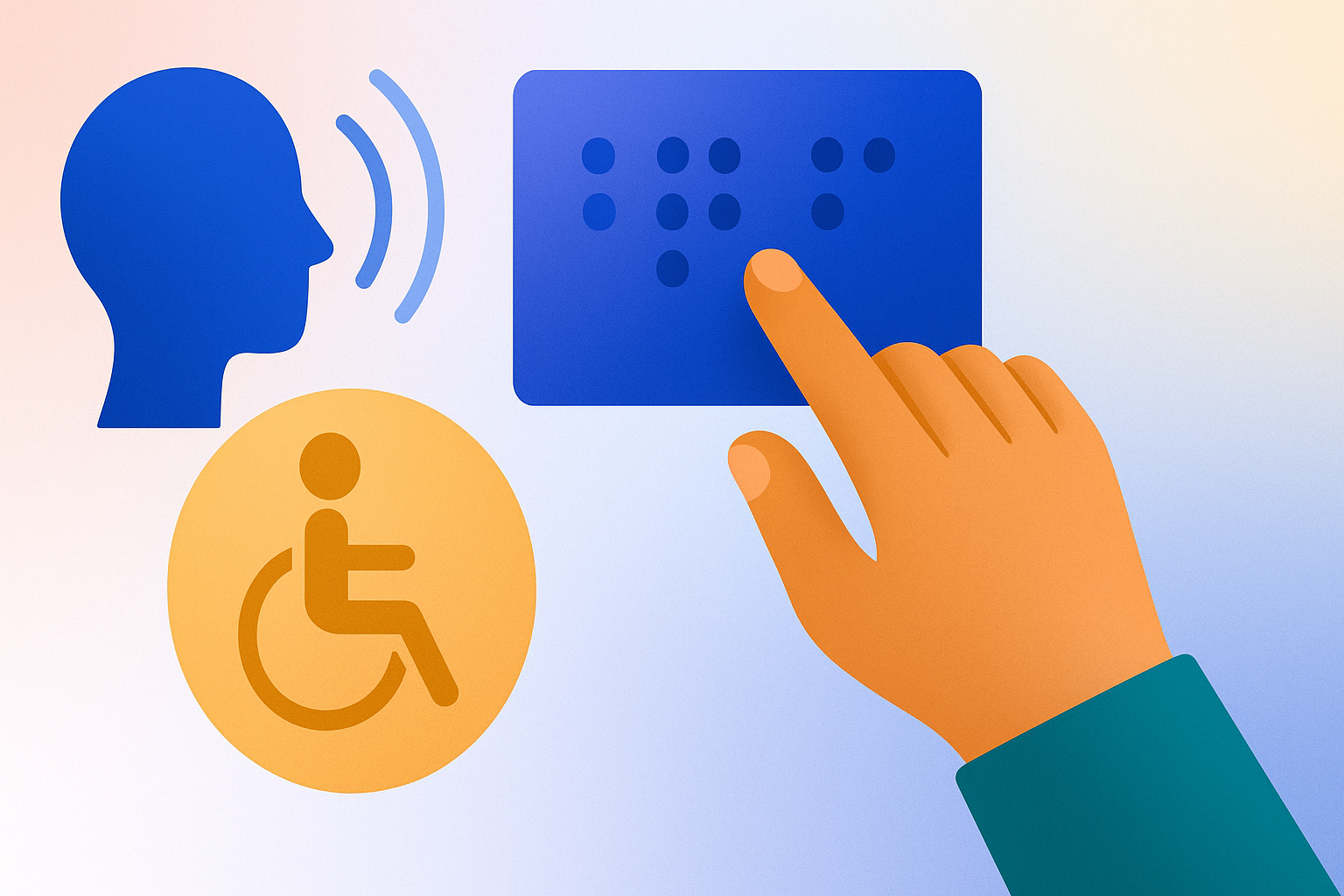


Braille ADA Signage, also known as tactile signage or raised character signs, refers to signs that include Braille and raised text to help individuals with visual impairments navigate public and private spaces. These signs comply with the Americans with Disabilities Act (ADA) standards, providing essential information such as room numbers, restroom locations, and exit routes in a format accessible to people who read Braille. By incorporating both tactile and visual elements, Braille ADA Signage promotes independence and safety for those with low vision or blindness. This accommodation is crucial in workplaces, educational institutions, and public buildings to create an inclusive environment that supports equal access for everyone.
Install Braille ADA Signage at a consistent height and location, typically near doorways or key points of interest, to maximize visibility and tactile reach. Clean signs regularly to keep Braille dots clear and easy to read. Use durable materials resistant to wear and environmental damage. Pair signs with high-contrast visuals to assist those with partial sight. Review signage periodically to confirm compliance with ADA guidelines and update any information as needed.
Disclo streamlines requests, documentation, and tracking for Braille ADA Signage, so HR teams and employees spend less time on paperwork and more time working productively.
